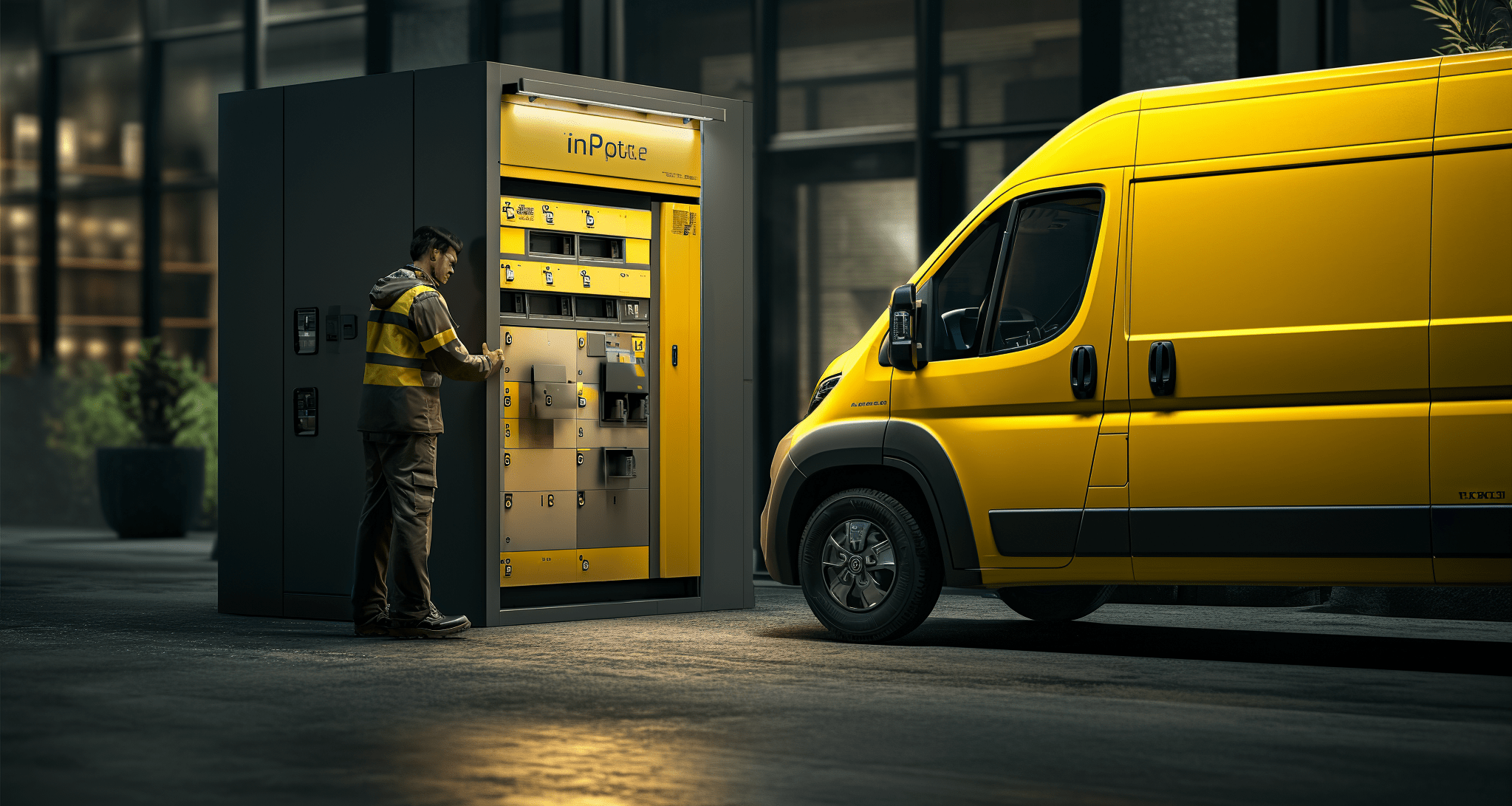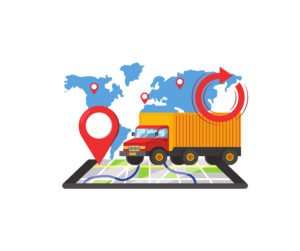The Future of Courier Services: Trends and Forecasts for the Business
The courier services industry is undergoing rapid changes fueled by technological advancements, shifting consumer expectations, and the explosive growth of e-commerce. Today, we're exploring future trends and forecasts shaping the courier services landscape.
Growth and Market Dynamics
The Courier, Express, and Parcel (CEP) market, valued at USD 457.38 billion in 2023, is expected to grow to USD 758.17 billion by 2028, marking approximately a 65% increase over the next five years. This growth is primarily due to the boom in e-commerce. The domestic courier sector is also expanding, with an increasing number of local couriers being hired for deliveries within urban or metropolitan areas, indicating a broader trend towards localised, quick delivery services to meet immediate consumer needs.
Technological Innovations
Internet of Things (IoT) and Artificial Intelligence (AI): IoT is revolutionising logistics with real-time tracking and monitoring, improving visibility and efficiency in delivery processes. AI drives predictive analytics and route optimisation, further reducing costs and enhancing decision-making accuracy.
Robotics and Automation: The integration of robotics into logistics not only speeds up and increases the accuracy of delivery processes but also boosts efficiency through robotic collaboration with humans. Robots are used for sorting, transporting, and packaging goods, reducing human error and increasing productivity.
Blockchain and Big Data: These technologies enhance logistics visibility, security, and traceability. Blockchain provides secure, transparent transactions and tracking, while big data analytics offer real-time insights into operations, optimizing routes, inventory levels, and overall supply chain efficiency.
Innovations in Last-Mile Deliveries
Pickup and Drop-off (PUDO) networks represent a significant innovation in last-mile delivery. PUDO networks offer flexible points for picking up and returning parcels, making it easier for couriers to make fewer deliveries to individual addresses and providing consumers with convenience and security in receiving their purchases. These networks can also reduce traffic and pollution while increasing delivery efficiency.
Challenges and Solutions
The industry faces challenges such as servicing many customers, delayed deliveries, and keeping clients informed while delivering items in excellent condition. However, leading companies' adoption of advanced technologies and strategic business moves pave the way for overcoming these obstacles and setting new standards in courier and delivery services.
If you're looking for a partner to navigate these difficulties and challenges effortlessly, consider scheduling a free consultation with a team member from Direx.
Services
Contact us







